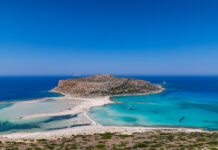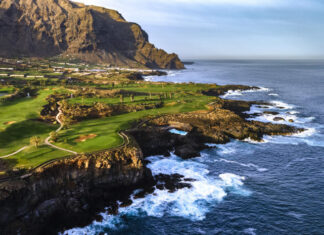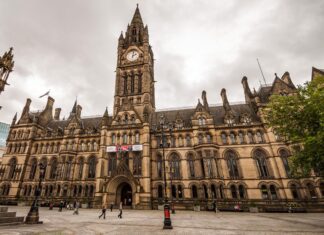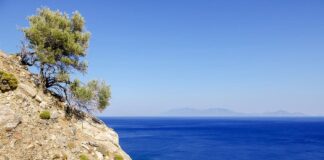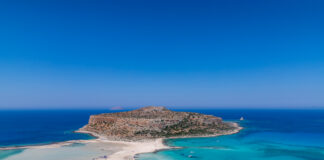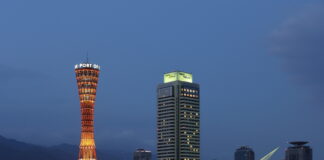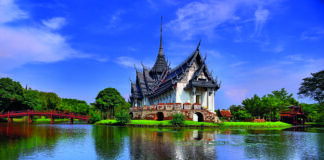Food
The cuisine of Lanzarote is a traditional Spanish affair, heavily influenced by the sea that surrounds this beautiful island. Fresh fish and seafood are plentiful and are the essential ingredients in many local dishes.
Start your day with Gofio, a type of flour made from toasted grains, typically served as a part of breakfast or used in stews. For lunch or dinner, savor Sancocho Canario, a traditional Canarian stew made with salted fish, potatoes, and sweet potatoes.

Take advantage of the opportunity to taste Papas Arrugadas or wrinkled potatoes, served with mojo, a spicy sauce made with garlic, red pepper, and spices. Pair it with a glass of local Malvasia wine produced from vines grown on the island's volcanic soils.
For dessert, indulge in Bienmesabe, a sweet concoction made from honey, almond cream, and rum, or Truchas de Navidad, sweet pastries filled with sweet potatoes or cabell d' angel, typically prepared during Christmas.
Culture
Lanzarote's culture is an intriguing blend of Spanish traditions and indigenous influences. The island's history, shaped by volcanic eruptions, pirate attacks, and periods of emigration, is reflected in its music, dance, art, and festivals.
Music plays a pivotal role in Lanzarote's cultural scene, with folk music and traditional dances, such as the Isa and Folia, integral to local celebrations. The island is also home to several intriguing works by the artist César Manrique, whose influence can be seen throughout Lanzarote.
Travel Tips
- Best Time to Visit: The weather in Lanzarote is pleasant year-round, but the best time to visit is from May to October, when temperatures are warm but not too hot.
- Currency: The official currency is the Euro (€). Credit cards are widely accepted, but cash might be preferable at local markets or small establishments.
- Language: Spanish is the official language. However, English is widely understood and spoken in tourist areas.
- Getting Around: Public transport is reliable, and plenty of car and bike hire companies exist. The island is small, so getting around is relatively easy.
Interesting Facts
- Lanzarote is home to the world's longest volcanic tunnel, the Atlantida Tunnel.
- Lanzarote is known as "the island of 100 volcanoes."
- Lanzarote's vineyards are UNESCO protected, known for their unique cultivation method in the island's volcanic ash.
- Lanzarote's Timanfaya National Park is one of the island's main attractions, offering an almost lunar landscape.

Top Places
- Timanfaya National Park: A must-visit for its unique moon-like landscape and geothermal demonstrations.
- César Manrique Foundation: Housed in the artist's former home, this showcases Manrique's work and influence on the island.
- Jameos del Agua: An incredible lava tube transformed into an art, culture, and tourism center by César Manrique.

- El Golfo: Known for its green lagoon, this partially submerged volcano cone is a spectacular sight.
- Playa Blanca: For beach lovers, this southern resort offers golden sands and crystal-clear waters.
A visit to Lanzarote is like stepping onto another planet. The volcanic landscapes, sunny beaches, delicious food, and unique culture make it a destination that truly offers something for everyone.



